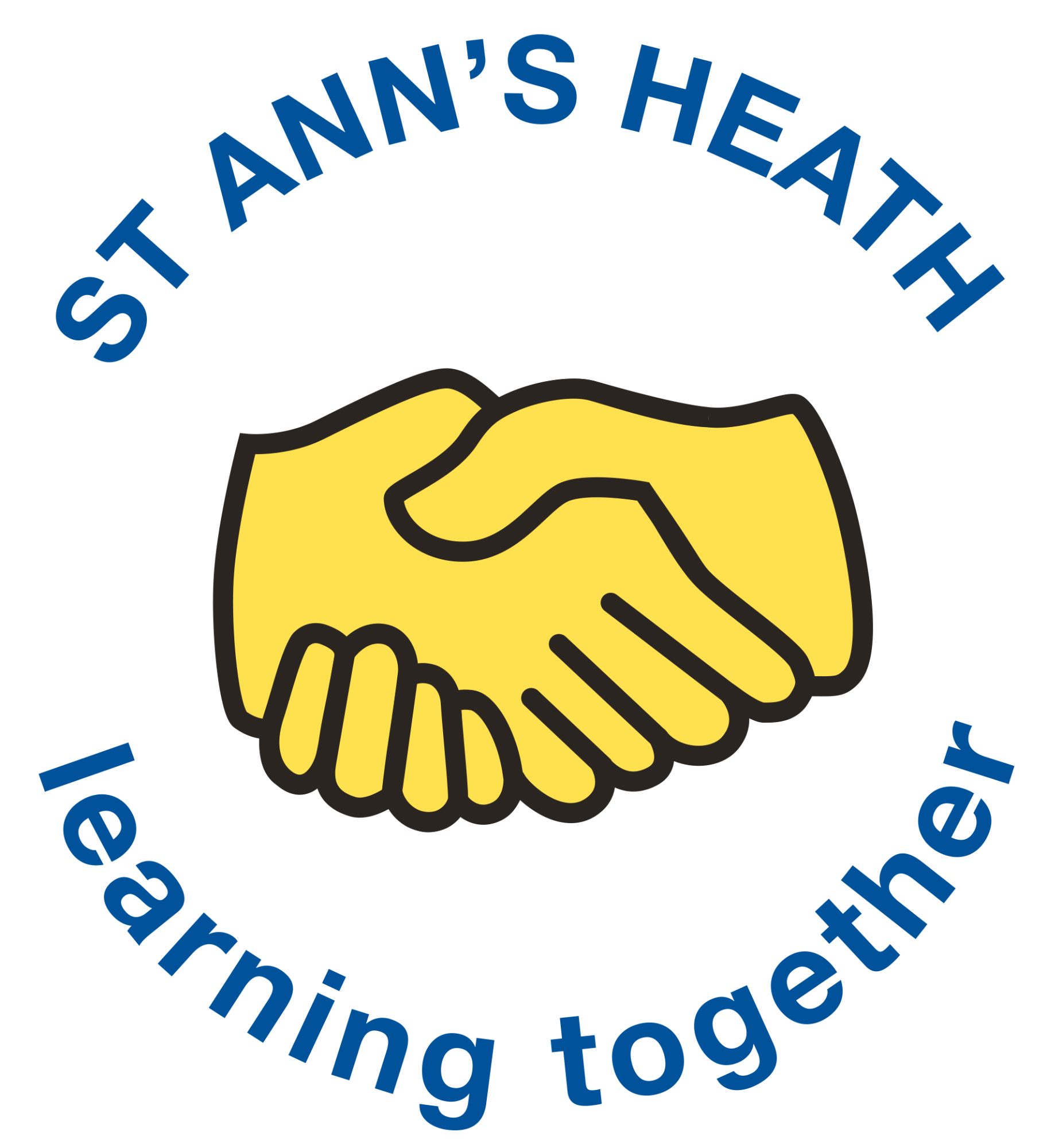Computing
At St Ann’s Heath, we recognise that technology is everywhere and plays a fundamental part of daily life. It is therefore important to us that the children at our school understand how to use the ever-changing technology to express themselves, as tools for learning and as a means to drive their generation forward into the future. We want our pupils to be creators not consumers and our broad curriculum encompassing computer science, information technology and digital literacy reflects this. We recognise that the best prevention for a lot of issues we currently see with technology/social media is through education. Building our knowledge in this subject will allow pupils to effectively demonstrate their learning through creative use of technology.
Computing as a stand-alone subject has a number of key components, each of which we aim to teach and fully instil the value of amongst our pupils. These are:
- Computer Science – Pupils are taught the principles of information and computation, how digital systems work, and how to put this knowledge to use through programming.
- Information Technology – Pupils are equipped to purposefully create programs, systems and a range of content in order to develop products and solutions. They will be able to collect, analyse, evaluate and present data and information.
- Digital Literacy – Pupils are taught to use, access and express oneself through digital technology, including a critical understanding of technology’s impact on the individual and society, at a level suitable for the future and as active participants in a digital world
Intent
- Encourage children to recognise that technology is an integral part of our everyday lives.
- Allow children to become independent, safe, responsible, competent, confident and creative users of information and communication technology.
- Educate children with how to keep safe online.
- Educate children to use a variety of software and devices confidently to become digitally literate at a level suitable to progress with further education and their chosen career path.
- Model and educate our pupils on how to keep themselves and others safe when using technology.
- Develop problem-solving skills and resilience.
- Support children’s creativity and cross curricular learning to engage children and enrich their experiences in school.
Implementation
- Computing is mostly taught in discreet computing lessons. That said, where meaningful links can be made, we do link learning to our Creative Curriculum as we understand that children need to use technology effectively in all areas of the curriculum. An example of this may be using search engines to effectively research more about a Viking topic or spreadsheets to create a graph from a science experiment.
- Lessons modified from the ‘Teach Computing’ scheme of work which covers all the aims and objectives from the National Curriculum including those linked to computer science, information technology and digital literacy. The scheme also has clear progression within and across year groups to ensure skills are consistently built upon during lessons.
- Lessons are taught in a computer suite or using iPads from an iPad trolley in class to access a range of software and/or apps.
- Online safety is taught as a 15-minute introduction to each lesson using ‘Project Evolve’ so that information is constantly drip-fed to children and the skills to keep themselves safe remain at the forefront of our children’s minds. Online safety is also the ‘thought of the week’ in each class once per half term and is shared through assemblies.
- Year 6 Digital Leader roles have been created to promote the messages of online safety through the eyes of a child.
- IT Technician leads lunchtime computing club to promote coding skills in the lower school.
- ‘Safer Internet Day’ is acknowledged in all year groups and is discussed during ‘check in, check up, check out’ sessions in class.
